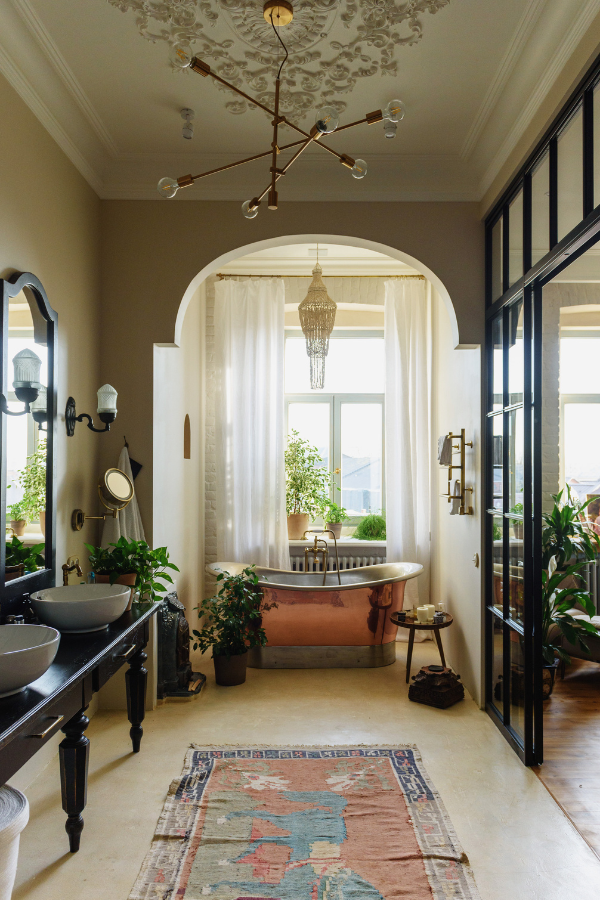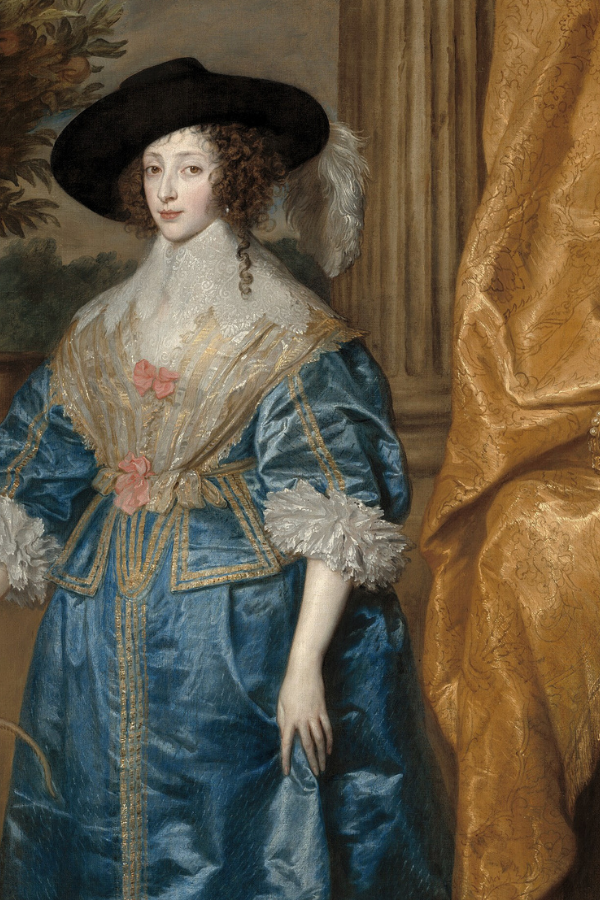

The Influential Arts Patronage of Queen Henrietta Maria
Summary
Reflection Questions
Journal Prompt
As the wife of King Charles I and a princess of France, the arrival of Queen Consort Henrietta Maria at the English court marked the beginning of a profound cultural exchange between England and her native France. Her French upbringing imbued her with a distinct appreciation for the arts, which she enthusiastically brought to her adopted homeland. Queen Henrietta Maria’s patronage extended across a spectrum of artistic endeavors, from painting and architecture to theater and music, significantly influencing the cultural landscape of England during a turbulent period of its history. Her role as an arts patron not only left an indelible mark on the era’s artistic output but also served as a vital conduit for the introduction of Baroque styles and continental influences to the English arts. Of course, the courts were already transitioning away from the Elizabethan style, but the queen did play a part. Read on to learn more about her impact on the arts in 17th century Europe. We will also briefly touch on the turbulent life she led during the English Civil Wars.
The Queen’s Early Life and Upbringing in France
Born into the royal family of France in 1609, Henrietta Maria was the youngest daughter of King Henry IV and Marie de’ Medici. Her early life in the French court was steeped in the opulence and cultural richness characteristic of European royalty.
Growing up in such an environment, she was exposed to the finest arts, literature, and music, cultivating a refined taste that would later influence her patronage. The French court of her time was a hub of artistic and intellectual activity, with artists like Peter Paul Rubens and playwrights like Molière contributing to a vibrant cultural scene.
Henrietta Maria’s upbringing in this milieu instilled in her a profound appreciation for the arts, which was deeply rooted in the Baroque style, a movement known for its exuberance, grandeur, and emphasis on drama. This cultural foundation laid in France would play a crucial role in shaping her future contributions to the arts in England, marking her as a woman with a distinct and influential artistic vision.
Her Marriage to Charles I and Transition to the English Court
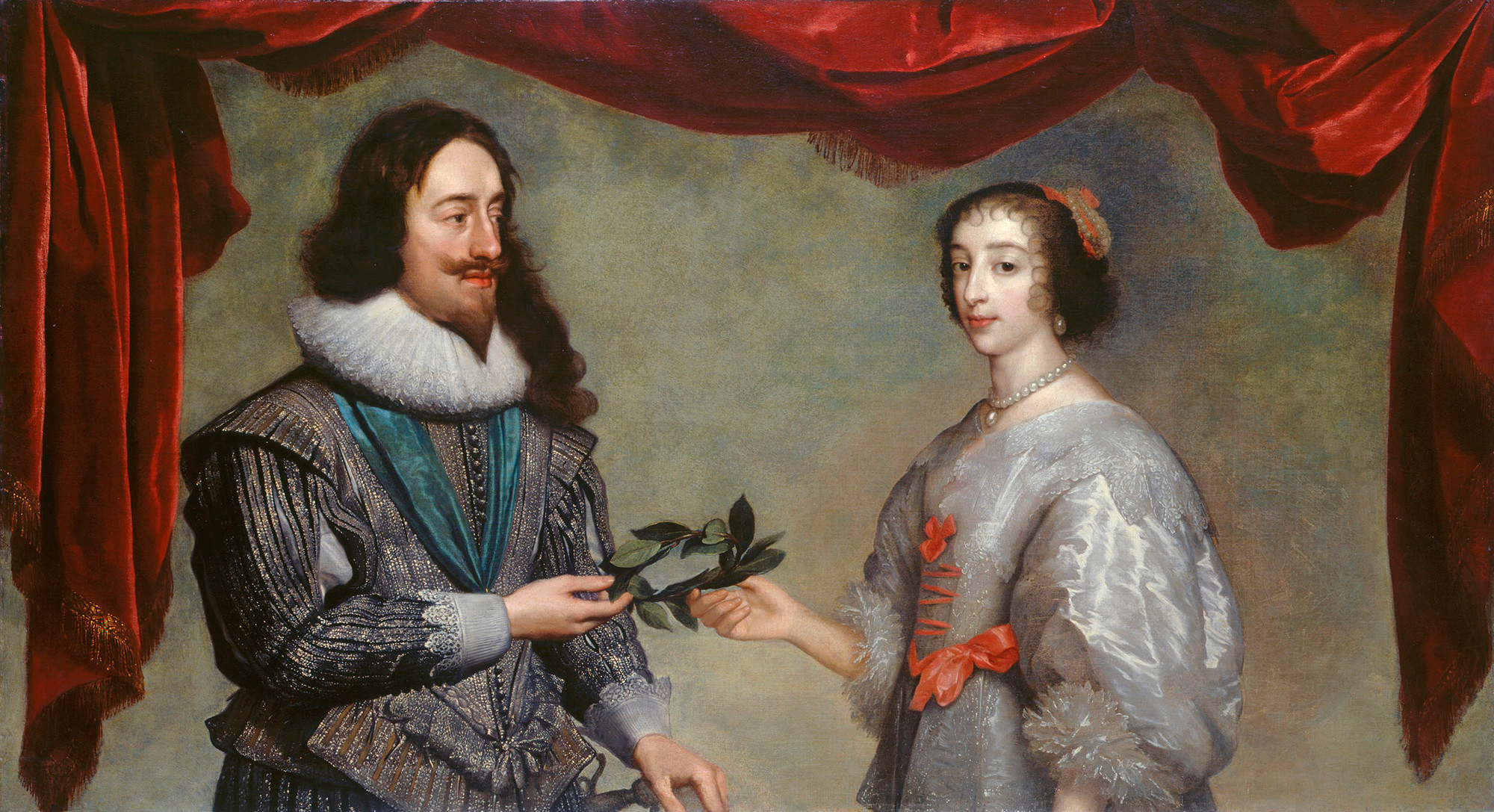

Henrietta Maria’s marriage to Charles I in 1625 was not just a union of two individuals but a confluence of two cultures. At the age of 15, she moved to England, a transition that brought about significant changes in her life. Adapting to the English court was a challenge for the young queen, whose Catholic faith and French customs were initially met with suspicion in a predominantly Protestant country. She also had a contemptuous relationship with the king at first, who referred to her as “Queen Mary” despite her objections.
Despite these initial hurdles, her marriage to Charles I marked the beginning of a significant cultural exchange between England and France. As Queen Consort of England, Henrietta Maria gradually acclimated to her new role and began to exert her influence, particularly in the realm of arts.
Her presence in the English court introduced a fresh perspective, infusing the English artistic landscape with French and Baroque sensibilities. This transition period was crucial in setting the stage for her later role as a patron of the arts, as she navigated and blended the cultural nuances of her French upbringing with the traditions of the English monarchy, thereby creating a unique and lasting artistic legacy.
Queen Henrietta Maria’s Patronage of the Visual Arts
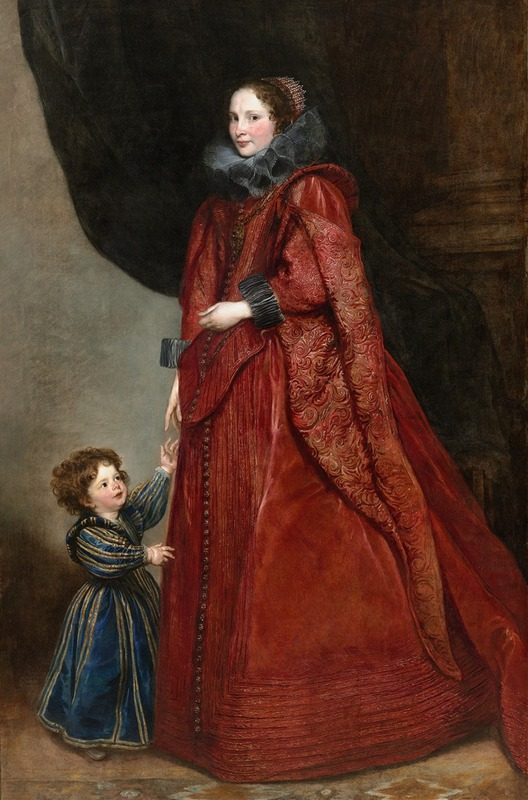

Queen Henrietta Maria’s patronage was a defining force in the English visual arts scene, particularly through her support for painters like Sir Anthony van Dyck. A Flemish Baroque artist, Van Dyck became the principal court painter in England, largely due to Henrietta Maria’s influence.
His portraits of the queen and the royal family are notable for their elegance and refinement, qualities that Henrietta Maria herself greatly admired. Van Dyck’s style, characterized by a remarkable use of color and light, captured not only the physical likeness but also the regal aura of his subjects.
Henrietta Maria’s patronage of Van Dyck was more than just commissioning portraits; it was a strategic move that helped embed the Baroque style within the English aristocracy. Her preference for Van Dyck’s work also signified a shift in the artistic tastes at the English court, moving away from the more traditional Elizabethan styles to a more modern, continental European aesthetic.
Impact on Baroque Art Popularity in England
The queen’s endorsement and patronage of Baroque artists like Van Dyck played a pivotal role in popularizing this style in England. Baroque art, known for its drama, rich coloration, and emphasis on contrast and movement, was a divergence from the previously prevalent styles in England. Henrietta Maria’s artistic choices influenced the English nobility, who often followed the royal lead in patronage.
This led to a wider acceptance and appreciation of the Baroque style among the English elite, marking a significant period in the history of English art. The queen’s favor towards Baroque art not only enriched the cultural fabric of England but also bridged cultural gaps between England and the artistic centers of Europe, particularly France and the Netherlands.
Commissioned Artworks and Architectural Projects
Queen Henrietta Maria’s artistic influence extended beyond paintings to include significant architectural projects. Henrietta Maria influenced the creation of various artworks. Many of her commissioned portraits by Van Dyck, such as “Henrietta Maria with Sir Jeffrey Hudson” and “The Triple Portrait of Charles I”, are celebrated for their artistic excellence and historical significance. These works not only served as royal propaganda but also as enduring representations of the queen’s taste and her role in shaping the artistic landscape of her time.
Beyond the visual arts, one of her most notable architectural commissions was the Queen’s House in Greenwich, designed by the architect Inigo Jones. Though this building was commissioned by the king, the queen did play a part. The Queen’s House is a prime example of the introduction of classical architecture to England, embodying principles of symmetry, proportion, and the use of classical orders. The building’s design was inspired by the Palladian style, which was popular in Italy and a significant departure from the Gothic and Tudor architecture prevalent in England at the time. Let’s take a closer look.
The Queen’s House in Greenwich
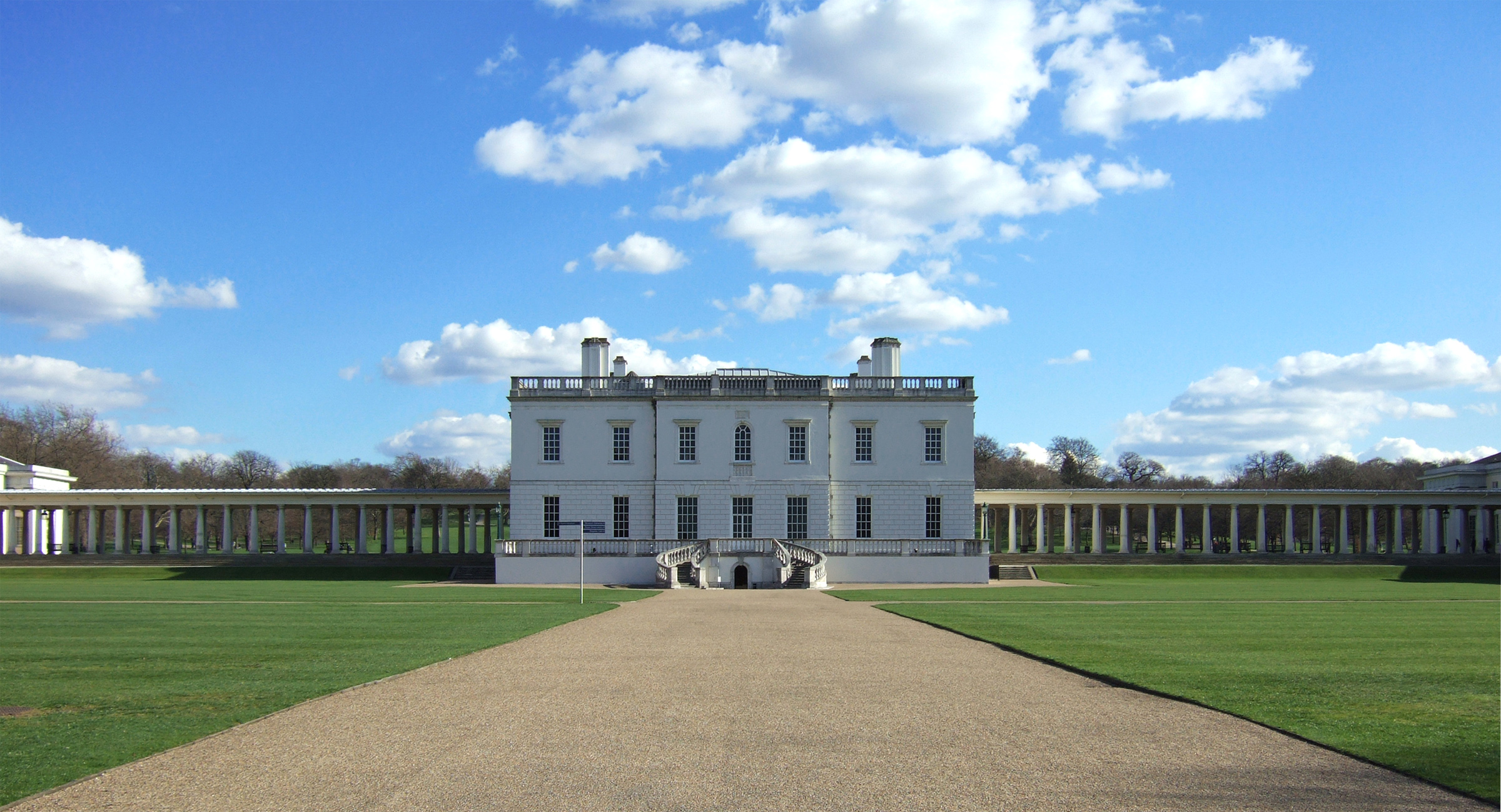

The Queen’s House in Greenwich stands as a testament to Queen Henrietta Maria’s profound influence on English architecture. Conceived as a part of the royal estate at Greenwich, the Queen’s House is notable for being the first fully classical building in England. Its design marked a significant departure from the prevailing Jacobean architectural style, which was characterized by more ornate and less symmetrical designs.
The house’s construction began in 1616, before Henrietta Maria’s marriage to Charles I, but her arrival and subsequent residence there played a crucial role in its completion and interior decoration. The Queen’s House, with its elegant proportions, symmetry, and understated classical details, was a harbinger of the new architectural aesthetic that would come to dominate English architecture in the later part of the 17th century. Its design reflected the Renaissance principles of harmony, order, and clarity, aligning well with Henrietta Maria’s taste for the sophisticated and refined.
Inigo Jones and His Design Philosophy
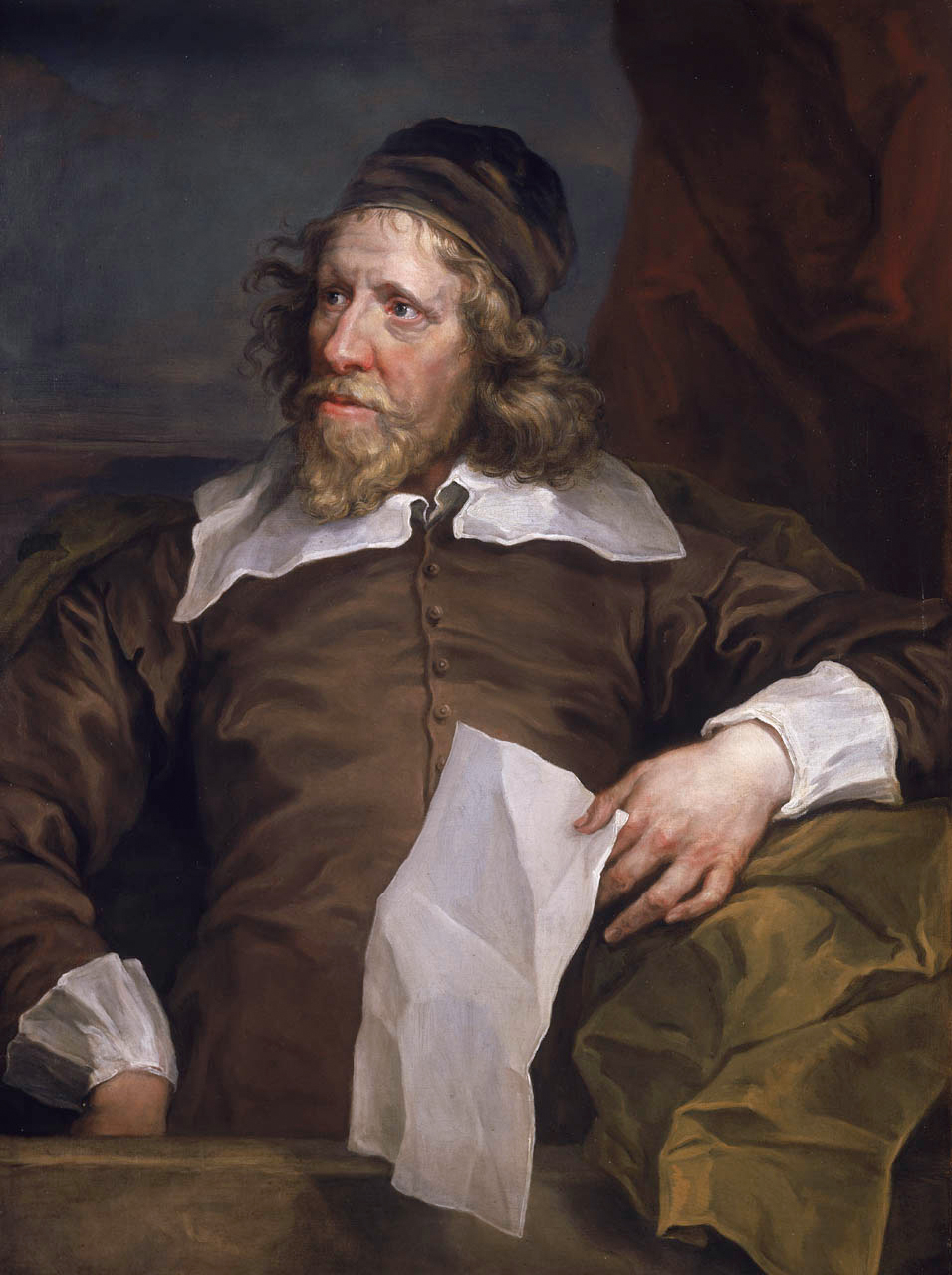

The architect behind the Queen’s House, Inigo Jones, is often credited with introducing the classical architecture of Rome and the Italian Renaissance to Britain. Jones, who had studied the works of the ancient Roman architect Vitruvius and the Renaissance architect Palladio, brought these influences to bear on the Queen’s House. Jones also designed a baroque chapel at Somerset House for the Queen.
His design philosophy was a radical shift from the Gothic and Tudor styles prevalent in England, favoring clean lines, geometrical perfection, and a clear sense of proportion and harmony. Henrietta Maria’s patronage provided Jones with the opportunity to realize his vision of classical architecture. The Queen’s House reflects not just Jones’ architectural genius but also the cultural and aesthetic preferences of Henrietta Maria.
Her affinity for the arts and her French background, which included exposure to the grand chateaus and palaces of France, undoubtedly influenced the design choices for the house. In this way, the Queen’s House is a physical manifestation of the cultural synthesis between the English and French artistic sensibilities, mediated through the architectural genius of Inigo Jones.
The Queen and the Theater
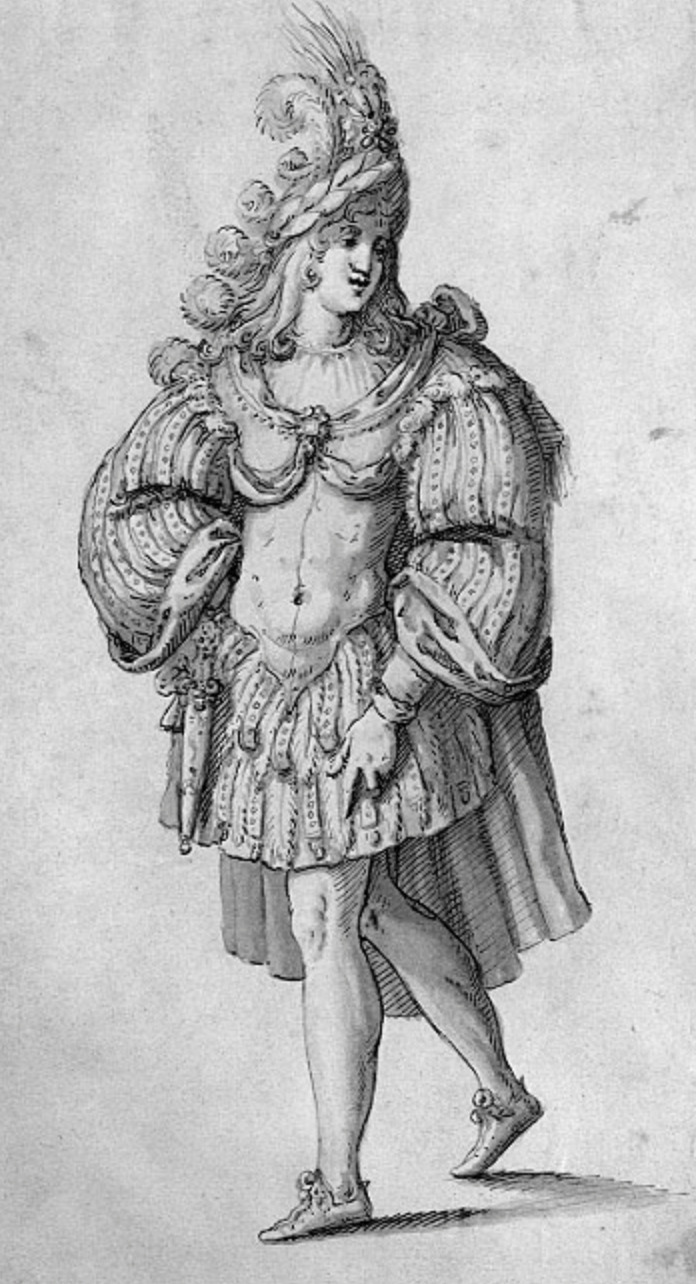

Queen Henrietta Maria’s patronage of the arts extended significantly into theater, particularly her support for court masques and theatrical performances, which were a vibrant part of court life during the 17th century. Court masques were elaborate productions involving poetry, music, dance, and elaborate stage designs, often symbolizing the political and cultural ideals of the monarchy. Inigo Jones designed many of the costumes and sets for these masques.
Henrietta Maria, with her keen interest in the arts, not only sponsored these performances but also actively contributed to their conceptualization and execution. Her influence was instrumental in elevating the artistic quality and thematic depth of these masques.
Under her patronage, these performances became expressions of the cultural and political ethos of the time. The queen’s support for these masques was also significant in fostering the arts in England, providing a platform for various artists, playwrights, musicians, and designers to showcase their talents.
Henrietta Maria’s Participation and Its Significance
What set Queen Henrietta Maria apart in the context of these court masques was her personal participation in them. Her involvement was not limited to the role of a patron; she often performed in these productions, which was a bold and unconventional move for a queen consort at the time.
Her performances were not merely ceremonial. They were imbued with a sense of artistry and commitment to the theatrical craft. This active participation was reflective of her deep passion for the arts and her desire to be more than just a passive supporter. Henrietta Maria’s role in these productions was also significant from a cultural and social perspective.
At a time when public acting was generally considered inappropriate for women of high status, her participation helped to challenge and change these perceptions, albeit within the elite circles of court life. Her involvement in theater underscored the role of the arts as a medium for personal expression and cultural diplomacy, bridging the French and English artistic traditions and setting a precedent for future queens and women in the upper echelons of society.
Her Influence on the Music Scene at the Court
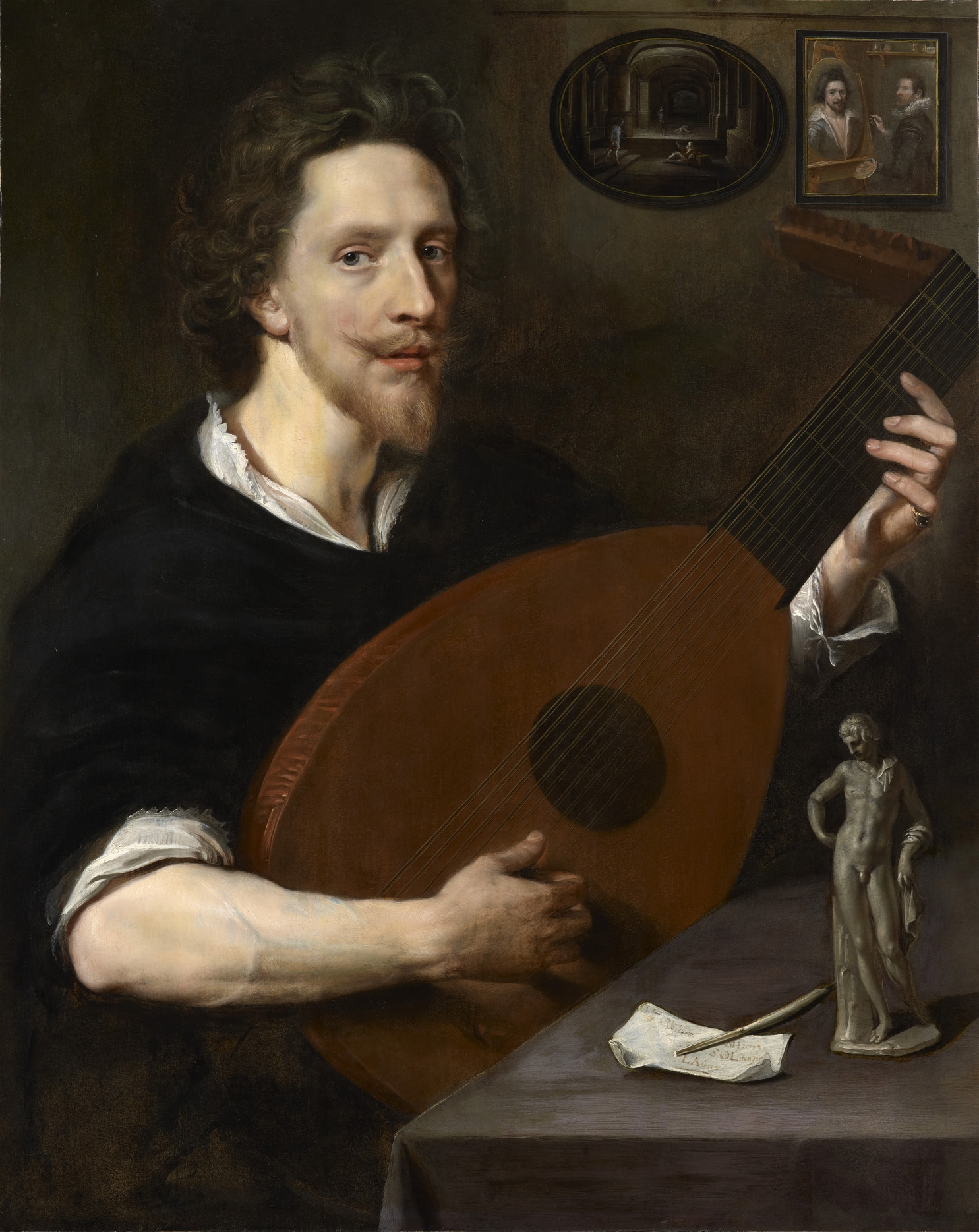

Queen Henrietta Maria’s impact on the musical landscape of the English court was as profound as her contributions to other art forms. Her patronage played a crucial role in shaping the musical tastes and trends within the royal court during her time. Coming from France, Henrietta Maria brought with her a fondness for the elaborate and expressive styles of Baroque music, which was flourishing across Europe. This preference marked a departure from the more reserved English musical traditions of the time. She favored music that was rich in texture and emotional depth, characteristics epitomized by the Baroque style. Her support extended to a variety of musical forms, including court masques, operas, and religious music.
The queen’s patronage provided a significant boost to musicians and composers at the court. Among those who benefited from her support was composer Nicholas Lanier, who served as the Master of the King’s Music. Lanier, along with other musicians of the period, found in Queen Henrietta Maria a discerning and enthusiastic patron who was open to new ideas and styles. Under her influence, the court became a hub for musical innovation, blending traditional English styles with continental influences. This cultural fusion led to a unique and rich musical environment, which would leave a lasting impact on the English music scene.
Henrietta Maria’s engagement with music was a reflection of her personal taste and her understanding of music as an integral part of courtly and cultural expression. Her support for music at the court not only enriched the artistic life of the monarchy but also contributed to the broader evolution of English music during a pivotal period in its history.
Queen Henrietta Maria’s Impact on English Arts During and Beyond Her Lifetime
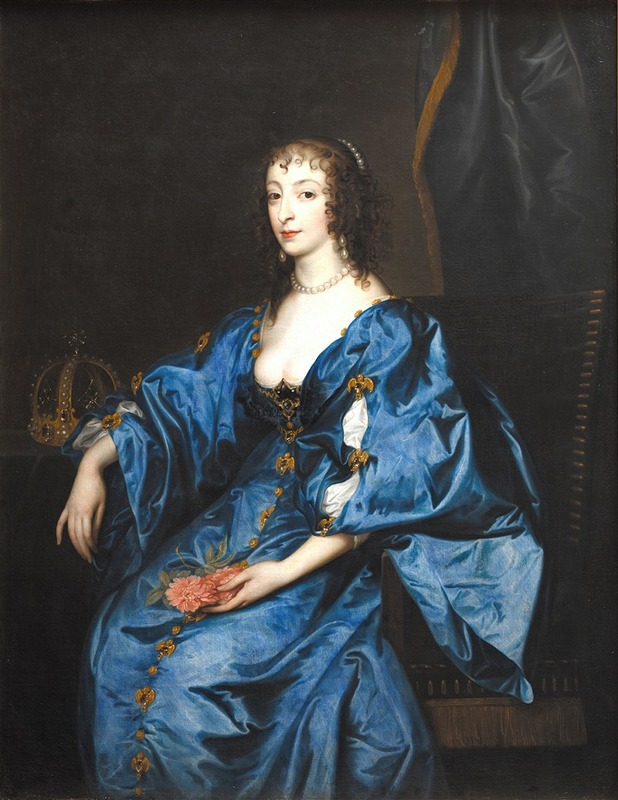

Queen Henrietta Maria’s patronage had a lasting and transformative impact on the English arts, both during her lifetime and in the years that followed. Her influence extended across multiple domains (visual arts, architecture, theater, and music), thereby imprinting a lasting mark on the cultural fabric of England.
By introducing and popularizing the Baroque style, she played a pivotal role in diversifying the artistic landscape of the country. This was most evident in the visual arts, where her support of artists like Sir Anthony van Dyck led to a new aesthetic in English portraiture characterized by elegance, drama, and emotional depth. In architecture, the Queen’s House in Greenwich stands as a physical testament to her influence, showcasing a shift towards classical and Palladian styles.
Her involvement in theater and music not only elevated the quality of court entertainment but also encouraged a more sophisticated appreciation of these arts among the English aristocracy. Henrietta Maria’s impact extended well beyond the stylistic. She fostered an environment where art was a valued and integral part of court life and society. Her legacy is seen in the continued prominence of the styles and artistic principles she championed, which helped lay the groundwork for the rich cultural heritage of England.
Facilitation of Cultural Exchange Between France and England
Queen Henrietta Maria’s patronage also served as a crucial bridge for cultural exchange between France and England. Born into the French royal family and married into the English monarchy, she was uniquely positioned to blend the artistic traditions of both countries. Her French upbringing and inherent appreciation for continental art introduced a wealth of cultural influences to the English court.
Through her, elements of the French Baroque style, with its emphasis on grandeur and emotion, permeated English art and architecture. This cross-cultural infusion enriched England’s artistic traditions, bringing a new depth and perspective that would not have been possible in isolation.
The queen’s role in this cultural exchange was not limited to a passive transfer of styles. She actively engaged with and promoted these artistic forms, demonstrating an understanding of the power of art in diplomatic and cultural relations. Her influence thus helped foster a more cosmopolitan and interconnected European art scene, facilitating a dialogue between English and French artistic traditions that would resonate in the cultural history of both nations.
Queen Henrietta Maria’s Patronage in Historical Context
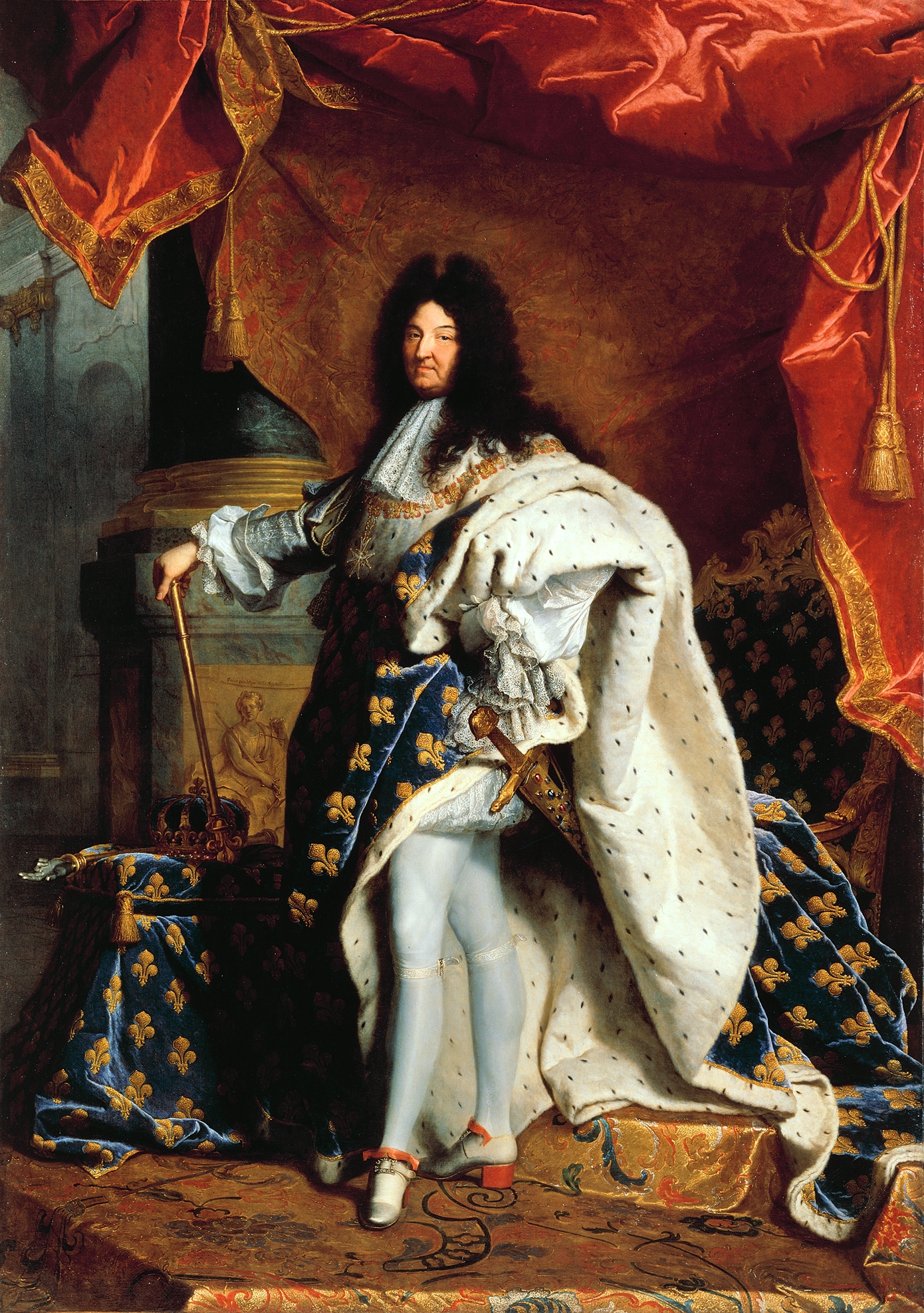

Queen Henrietta Maria’s patronage must be understood within the broader context of 17th-century arts patronage, a period when royalty and nobility played a pivotal role in shaping the cultural landscape. During this era, arts patronage was a significant aspect of royal and noble duties, often used as a tool for displaying power, wealth, and cultural sophistication.
Patrons like King Louis XIV of France and the Medici family in Italy were instrumental in fostering the arts, commissioning works that not only celebrated their reigns but also left enduring cultural legacies. Henrietta Maria’s approach to patronage was in line with this tradition, yet it was distinct in several aspects. Her focus on a wide range of artistic forms – from painting and architecture to theater and music – demonstrated an understanding of the arts as a comprehensive cultural expression rather than mere symbols of royal prestige.
Furthermore, her French background brought a unique continental influence to the English court, diversifying the artistic influences at play in England. Her patronage was not just about endorsing the arts; it was about cultivating a rich, cosmopolitan cultural environment that blended different traditions and styles.
Comparison with Contemporary Patronage
Compared to her contemporaries, Henrietta Maria’s patronage was marked by a blend of cultural traditions, reflecting her unique position as a French queen in England. Unlike patrons who primarily focused on promoting national styles, Henrietta Maria introduced and integrated the French Baroque style into the English context.
This approach contrasted with, for instance, the patronage in France, where the focus was on developing a distinctly French artistic identity, as seen in the works commissioned by Louis XIV. Similarly, in Italy, the Medici family’s patronage was deeply rooted in the Italian Renaissance tradition.
Henrietta Maria’s patronage also differed in terms of her personal involvement – particularly in the realm of theater, where she actively participated in performances, a practice less common among her contemporaries. Her patronage style was thus a unique amalgamation of personal passion for the arts, cultural integration, and the traditional role of royalty in promoting and nurturing artistic endeavors. Through this, she carved a distinct niche in the history of art patronage, bridging cultural divides and enriching the artistic heritage of her time.
A Brief Look at Her Life Beyond Arts Patronage
Queen Henrietta Maria’s marriage to King Charles I in 1625 was a convergence of different worlds. As a daughter of France’s King Henry IV and Marie de’ Medici, her marriage into the English monarchy was initially met with skepticism due to her Catholic faith in a predominantly Protestant country. This union, however, evolved beyond its political inception.
Over time, Henrietta Maria and Charles I developed a deep personal bond, with the queen becoming a trusted advisor and confidante to the king. Their relationship was characterized by mutual respect and affection, a notable departure from the often-transactional nature of royal marriages at the time.
Henrietta Maria’s influence on Charles was significant, extending beyond the personal sphere into matters of state and, of course, the arts. Their marriage thus played a pivotal role in both their reign and personal lives, symbolizing a blend of cultural and political alliances.
Her Children


The marriage of Henrietta Maria and Charles I produced a large family, with the couple having nine children, although not all survived to adulthood. Their offspring included future monarchs Prince Charles II and James II, both of whom played significant roles in English history. Henrietta Maria was a devoted mother, deeply involved in her children’s upbringing and education.
This aspect of her life was marked by tragedy and turmoil, particularly during the English Civil War, when her family was fragmented, and her children were variously imprisoned, exiled, or, in the case of the youngest, died under custody. The fate of her children during these tumultuous times was a source of great distress for Henrietta Maria, impacting her deeply both personally and politically.
Her Complex Relationship with the Court
Henrietta Maria’s relationship with King Charles’s court was complex and evolved significantly over time. Initially viewed with suspicion due to her Catholicism and foreign origins, she gradually established herself as a cultural and artistic influence within the court. Her patronage of the arts played a crucial role in this transformation, helping her to forge alliances and garner respect among the nobility.
However, her perceived influence on the king, especially in matters of religion and politics, often drew criticism and contributed to the growing tensions between the monarchy and Parliament. The queen’s assertive personality and involvement in state affairs were not typical for a queen consort of that era, leading to a contentious relationship with certain court factions and political figures.
Political and Cultural Instability During Her Rule
The period of Henrietta Maria’s life as queen consort was marked by significant political and cultural instability, culminating in the English Civil War and the eventual execution of King Charles I in 1649. Her tenure saw rising tensions between the monarchy and Parliament, fueled by religious conflicts, governance issues, and financial disputes.
Henrietta Maria was often at the center of these conflicts, especially due to her Catholic faith and influence over the king. The civil war led to her living in exile in France for several years, during which she endured the loss of her husband and the upheaval of the monarchy.
This period was not only a political crisis but also a cultural one, as the turmoil affected the patronage and flourishing of the arts. The execution of Charles I and the establishment of the Commonwealth under Oliver Cromwell had profound effects on the monarchy and the country’s cultural life, with Henrietta Maria returning to a significantly changed England after the Restoration.
Her life during this period reflects the intersections of personal tragedy, political strife, and cultural transformation, underscoring the complexities and challenges of being a queen consort in a time of profound upheaval.
Final Thoughts on Queen Henrietta Maria’s Arts Patronage in 17th Century England
The lasting impact of Queen Henrietta Maria on the English arts is both profound and multifaceted. Her patronage played a crucial role in shaping the cultural landscape of 17th-century England, introducing and popularizing the Baroque style in various artistic forms. From the elegant portraits by Sir Anthony van Dyck to the architectural innovation of the Queen’s House in Greenwich, her influence is evident in the rich tapestry of English art history.
Beyond the tangible artworks and structures, her legacy extends to the way she fostered a cosmopolitan cultural environment, blending English traditions with continental European, particularly French, artistic sensibilities. Henrietta Maria’s patronage of theater and music further enriched the court’s cultural life, demonstrating her deep understanding of the arts as a holistic expression of human creativity and experience.
Reflecting on the importance of patronage in the arts, Henrietta Maria’s contributions underscore the vital role patrons play in nurturing and shaping artistic movements. Her example remains relevant today, reminding us of the significant impact that support and advocacy can have on the arts. In contemporary times, when the arts often grapple with challenges of funding and visibility, the story of Henrietta Maria serves as a testament to the enduring power of patronage.
Her life illustrates how passionate support for the arts can leave a lasting legacy, transcending time and continuing to influence and inspire long after the patron’s era has passed.







